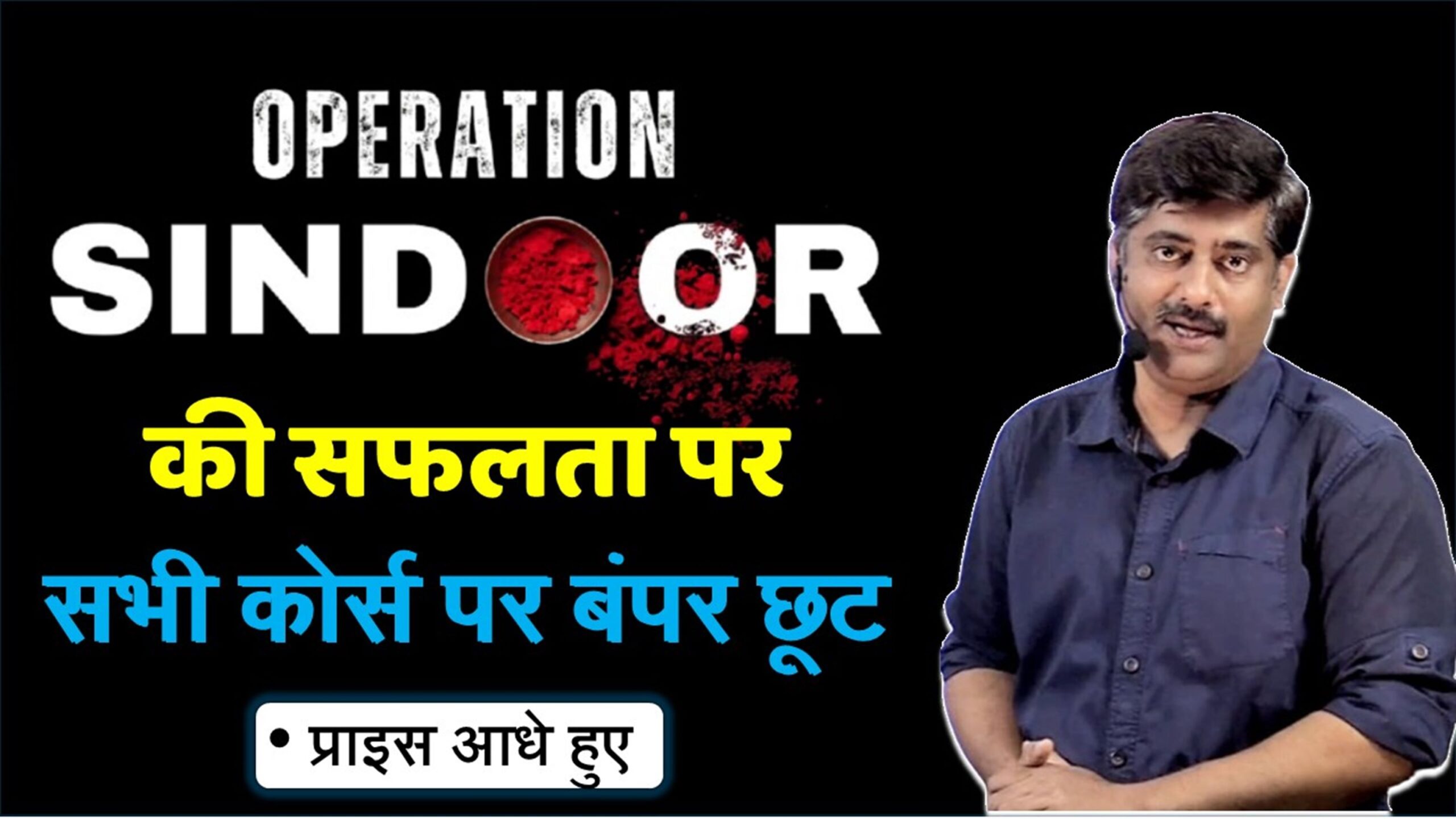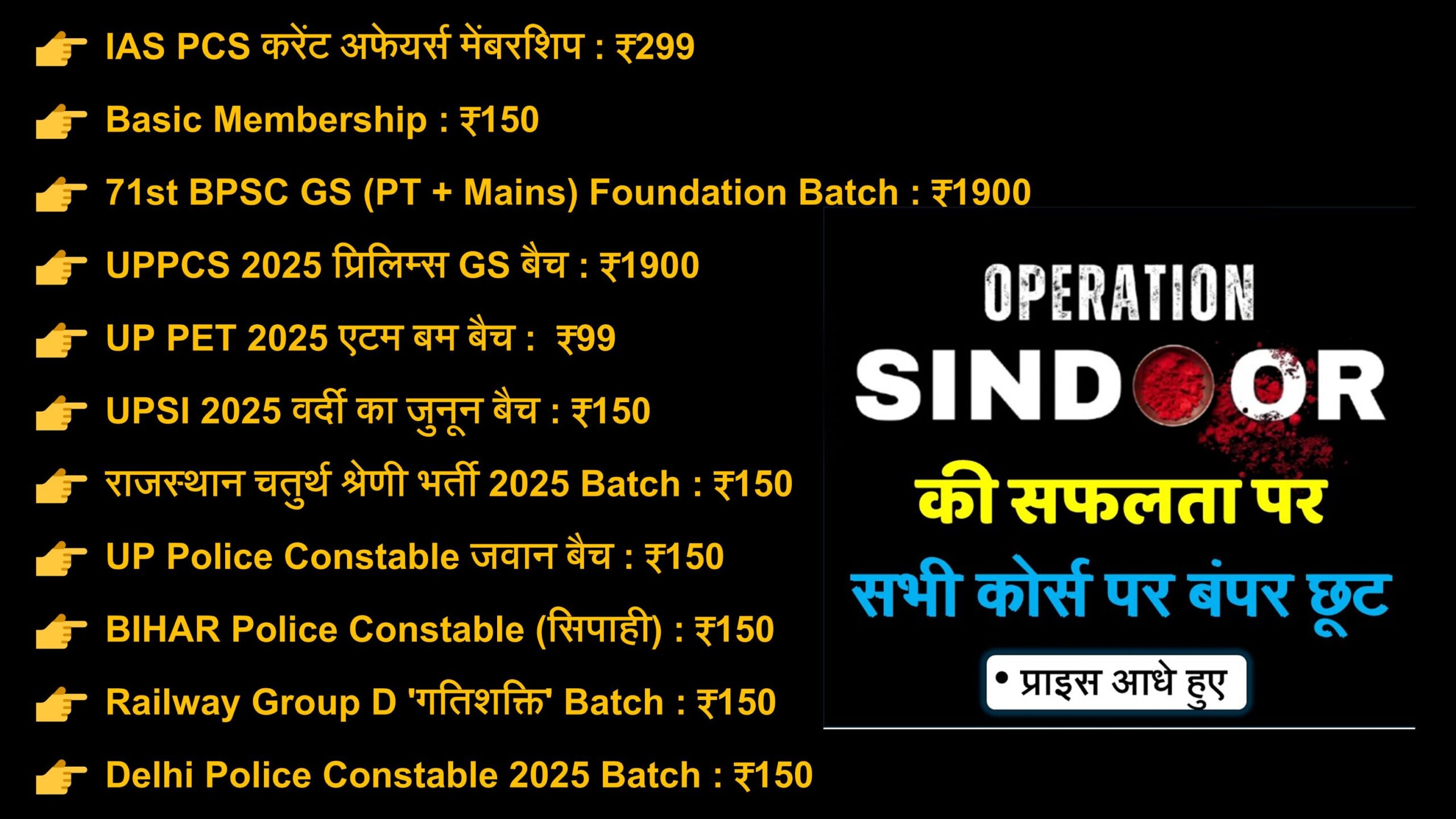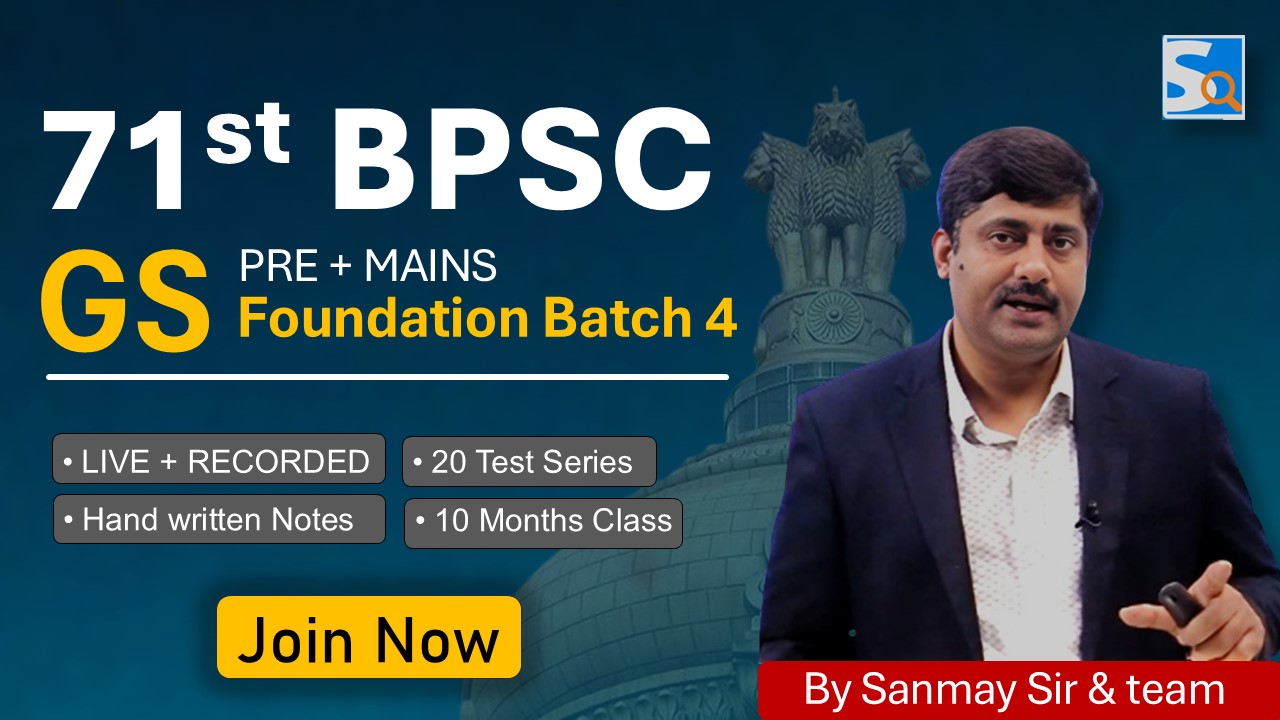This is the current affairs of 13 to 15 May 2025. Here are questions and answers of daily current affairs for better preparation of competitive exams for government jobs.
PDF Download: Click here
1. Who is the new Chairman of Union Public Service Commission (UPSC)?
a. Ajay Kumar
b. Ajay Sood
c. Vikram Bhatt
d. Vikram Misri
Answer: a. Ajay Kumar
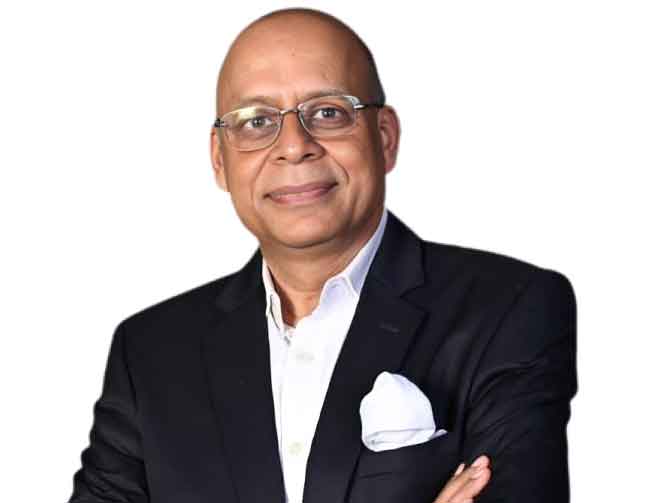
Ajay Kumar Appointed as New UPSC Chairman
– On May 13, 2025, the Central Government appointed Ajay Kumar as the new Chairman of UPSC after receiving approval from President Droupadi Murmu.
– Ajay Kumar is a former Defence Secretary of India.
– He replaced Preeti Sudan, whose tenure ended on April 29.
About Ajay Kumar
– He is a 1985 batch IAS officer of the Kerala cadre.
– He served as the Defence Secretary of India from August 2019 to October 2022.
UPSC (Union Public Service Commission)
– It is a constitutional body established by the Constitution of India to conduct examinations for recruitment to the civil services of the Government of India.
– It was established on October 1, 1926.
– UPSC consists of a Chairman and a maximum of 10 members.
Tenure of UPSC Chairman
– Six years or up to the age of 65, whichever is earlier.
Appointment
– According to Article 316 of the Constitution, the Chairman and other members of the Public Service Commission are appointed by the President in the case of the Union or Joint Commission, and by the Governor in the case of a State Commission.
Reappointment
– A person who has held office as a member of the Public Service Commission shall not be eligible for reappointment to the same office after the completion of their term.
Provision for Removal from Office
– The Chairman or any other member of the Public Service Commission can be removed from office by the President only on the grounds of misbehavior.
————–
2. Name the 52nd Chief Justice of India, who was sworn in by the President on 14 May 2025?
a. Justice Ajay Rastogi
b. Justice BR Gavai
c. Justice Hemant Gupta
d. Justice DY Chandrachud
Answer: b. Justice BR Gavai (Full name: Justice Bhushan Ramakrishna Gavai)
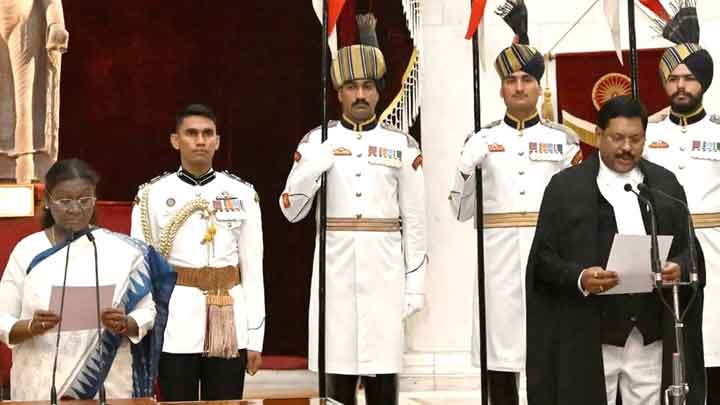
About Justice B.R. Gavai
– The Economic Times has written that he is the first Buddhist Chief Justice in the history of the Indian Republic to reach the pinnacle of judicial power in the country.
– According to The Indian Express, he is the second Dalit to reach this position. Before him, Justice K.G. Balakrishnan was the first Dalit to become the CJI in 2007.
– Justice Gavai was promoted as a Judge of the Supreme Court on May 25, 2019.
– Prior to that, he served as a Judge at the Bombay High Court.
– His father, Ramakrishna Suryabhan Gavai (1929–2015), was also a prominent figure, known popularly as Dadasaheb Gavai.
– R.S. Gavai worked alongside Dr. B.R. Ambedkar and served as the President of the Republican Party of India, Ambedkar’s ideological party. He later founded a faction known as Republican Party of India (Gavai). He was also a Member of the 12th Lok Sabha and served as the Governor of Bihar, Sikkim, and Kerala.
Views on Dr. B.R. Ambedkar
– In a speech last year, he said,
– “It was entirely due to the efforts of Dr. B.R. Ambedkar that a person like me, who studied in a municipal school in a semi-slum area, could reach this position.”
He concluded his speech with the slogan “Jai Bhim.”
Chief Justices of India
– 52nd: Justice B.R. Gavai
– 51st: Justice Sanjiv Khanna (retired on May 13)
– 50th: Justice D.Y. Chandrachud
– 49th: Justice U.U. Lalit
– 48th: Justice N.V. Ramana
– 47th: Justice Sharad Arvind Bobde
– 46th: Justice Ranjan Gogoi
– 1st Chief Justice of India: Harilal J. Kania (1950)
Constitutional Basis:
– Article 124(1): Article 124(1) of the Constitution of India pertains to the establishment of the Supreme Court of India and the appointment of the Chief Justice and other judges of the Supreme Court.
Appointment of the Chief Justice of India (CJI):
– The President of India appoints the Chief Justice of India.
– Traditionally, the senior-most judge of the Supreme Court is appointed as the Chief Justice based on seniority.
– The appointment is made through the Collegium System, which consists of the CJI and the four senior-most judges of the Supreme Court.
What is the process to become the Chief Justice of the Supreme Court?
– According to the “Memorandum of Procedure for Appointment of Supreme Court Judges”,
– “The appointment to the office of the Chief Justice of India should be of the senior-most judge of the Supreme Court, who is considered fit to hold the office.”
– The process begins when the Union Law Minister seeks the recommendation of the outgoing Chief Justice regarding the next appointment.
– At the appropriate time, the recommendation from the CJI must be obtained.
– As per the procedure:
– “After obtaining the recommendation of the Chief Justice of India, the Union Minister of Law, Justice and Corporate Affairs will forward the recommendation to the Prime Minister, who will advise the President of India for the appointment.”
Eligibility:
– The qualifications for becoming the Chief Justice of India (CJI) are the same as those required to be a judge of the Supreme Court:
– Must be a citizen of India.
– Must have served as a judge in a High Court for at least 5 years, or
– Must have worked as an advocate in a High Court for at least 10 years, or
– Must, in the opinion of the President, be a distinguished jurist.
Tenure:
– There is no fixed term for the Chief Justice of India.
– The retirement age for the CJI is 65 years.
Key Roles and Responsibilities:
– Heads the Supreme Court of India.
– Constitutes Constitution Benches to decide important questions of law.
– Participates in the appointment of judges under the Collegium System.
– Supervises the administrative functions of the higher judiciary.
– Advises the President of India on judicial appointments and transfers.
– Plays a role if impeachment proceedings are initiated by Parliament.
– The CJI is known as the “Master of the Roster” – i.e., he decides which bench hears which case in the Supreme Court.
How can the CJI be removed?
– The CJI can be removed only through the impeachment process.
– This process is extremely difficult and rigorous:
– A motion must be passed in both Houses of Parliament with a special majority.
– Following this, the President can remove the CJI from office.
—————
3. Whom did the President appoint as the Executive Chairman of the ‘National Legal Services Authority’ (NALSA) in May 2025?
a. Justice DY Patil
b. Justice SK Kaul
c. Justice Sanjiv Khanna
d. Justice Suryakant
Answer: d. Justice Suryakant
– He succeeded Justice B.R. Gavai, who became the Chief Justice of India on May 14, 2025.
– Traditionally, the second senior-most judge of the Supreme Court is appointed to the important post of Executive Chairman of NALSA.
National Legal Services Authority (NALSA)
– NALSA was established under the Legal Services Authorities Act, 1987 to provide free legal services to the weaker sections of society.
– Its objective is to organize Lok Adalats for the amicable settlement of disputes.
– Main functions of NALSA include:
– Providing free legal aid
– Organizing Lok Adalats
– Conducting legal awareness programs
Leadership of NALSA
– The Chief Justice of India serves as the Patron-in-Chief of NALSA.
– A senior judge of the Supreme Court serves as the Executive Chairman.
Persons Eligible for Free Legal Aid from NALSA Include:
– Women and children
– Members of Scheduled Castes (SC) and Scheduled Tribes (ST)
Industrial workers
– Victims of mass disasters, violence, floods, droughts, earthquakes, or industrial disasters
– Persons with disabilities
– Persons in custody
– Individuals whose annual income does not exceed ₹1,00,000
– (For the Supreme Court Legal Services Committee, the income limit is ₹5,00,000)
– Victims of human trafficking or forced labor (bonded labor)
—————-
4. When is World Laughter Day celebrated?
a. First Sunday of May
b. Second Sunday of May
c. Third Sunday of May
d. Fourth Sunday of May
Answer: a. First Sunday of May (4 May in 2025)
– World Laughter Day was established in 1998, and the first celebration was held on May 10, 1998, in Mumbai by Dr. Madan Kataria, the founder of the worldwide Laughter Yoga movement.
– This day is now celebrated on the first Sunday of May every year across the world.
—————
5. Whose autobiography ‘Janta Ki Kahani – Meri Autobiography’ was released by Vice President Jagdeep Dhankhar in May 2025?
a. Bandaru Dattatreya
b. Draupadi Murmu
c. Rajendra Vishwanath Alekar
d. Rajendra Singh
Answer: a. Bandaru Dattatreya (Governor of Haryana)
– This book was released on 9 May 2025.
– This book depicts the personal, political and social life journey of Bandaru Dattatreya.
————–
6. What is the Total Fertility Rate of India as per the Sample Registration System (SRS) Report 2021 released by the Registrar General of India in May 2025?
a. 2.5
b. 2.3
c. 2.0
d. 1.6
Answer: c. 2.0
– India’s Total Fertility Rate (TFR) remained stable at 2.0 in 2021, the same as in 2020.
– The survey was conducted across 8,842 sample units in all states, covering an estimated sample population of around 8.4 million people.
Sample Registration System (SRS)
– The highest TFR was recorded in Bihar (3.0), while the lowest TFR of 1.4 was reported in Delhi and West Bengal.
– The average effective age of marriage for women increased from 19.3 years in 1990 to 22.5 years in 2021.
Demographic Changes (1971–2021)
– Age group 0–14: Population share declined from 41.2% to 24.8%, indicating a drop in the young population.
– Age group 15–59 (working age): Increased from 53.4% to 66.2%, representing a demographic dividend.
– Elderly population:
– 65+ age group rose from 5.3% to 5.9%.
– 60+ age group increased from 6% to 9%.
– Kerala has the highest elderly population, at 14.4%.
Significance of the Findings
– Population Stabilization: A Total Fertility Rate (TFR) of 2.0 indicates that India is approaching population stabilization, which can reduce pressure on natural resources, public services, and the environment.
– Demographic Dividend: A larger working-age population offers an opportunity for increased productivity and economic growth.
– Improved Maternal Health: Fewer children per woman and delayed age of marriage lead to reduced maternal mortality, better child care, and healthier families.
– Women Empowerment: Low fertility rate reflects higher education levels, workforce participation, and greater autonomy among women, leading to better social and economic outcomes.
Negative Impacts of Declining TFR
– Ageing Population: An increase in the elderly population will raise dependency on the working population, requiring more attention to pensions, healthcare, and social welfare systems.
– Possibility of Skewed Sex Ratio: In some regions, declining fertility without addressing gender bias may increase sex-selective practices, leading to a distorted sex ratio.
– Demographic Imbalance: Large fertility rate differences between states can lead to interstate migration, cultural shifts, and pressure on resources in low TFR states.
—————
7. Who has been appointed as the new Managing Director of National Film Development Corporation (NFDC) by the Ministry of Information and Broadcasting?
a. Rakesh Bharti
b. prakash magdum
c. Ashok Vij
d. Rajendra Arlekar
Answer: b. prakash magdum
– He is an Indian Information Service Officer.
– He was appointed as the Managing Director of the National Film Development Corporation (NFDC) on May 5.
National Film Development Corporation (NFDC)
– Established: 1975 (formerly the Film Finance Corporation, established in 1964)
– Objective: To promote the development of Indian cinema, particularly regional and parallel cinema.
– Headquarters: Mumbai, Maharashtra
Key Functions of NFDC:
– Film Financing
– Facilitating Co-productions
– Organizing International Film Festivals and Markets (such as Film Bazaar)
– Promoting Indian films globally
—————
8. How many medals including 2 gold did India win in Stage 2 of Archery World Cup 2025 held in Shanghai?
a. 4
b. 5
c. 7
d. 45
Answer: c. 7 (2 gold, 1 silver and 4 bronze medals)
– The event was held from May 6 to 11, 2025, in Shanghai, China. This was Stage 2 of the Archery World Cup 2025. The first stage was held in Auburndale, USA in April.
India’s Medal Winners:
– Gold Medal: Women’s Individual Compound – Madhura Dhamnagaonkar
– Gold Medal: Men’s Team Compound – Ojas Devtale, Abhishek Verma, Rishabh Yadav
– Silver Medal: Women’s Team Compound – Jyoti Surekha Vennam, Madhura Dhamnagaonkar, Chikitha Taniparthi
– Bronze Medal: Women’s Individual Recurve – Deepika Kumari (This was Deepika Kumari’s 12th individual World Cup medal)
– Bronze Medal: Men’s Individual Recurve – Parth Salunkhe
– Bronze Medal: Mixed Team Compound – Abhishek Verma and Madhura Dhamnagaonkar
– Bronze Medal: Men’s Individual Compound – Rishabh Yadav
—————
9. How many medals did India win in Stage 1 of Archery World Cup 2025 held in Auburndale (USA)?
a. 4
b. 5
c. 7
d. 45
Answer: a. 4 (1 gold, 1 silver and 2 bronze)
– The event took place in April 2025.
Archery World Cup 2025 Auburndale Medal Winners:
– Gold Medal: Compound Mixed Team – Rishabh Yadav, Jyoti Surekha Vennam
– Silver Medal: Recurve Men’s Team – Dheeraj Bommadevara, Tarundeep Rai, Atanu Das
– Bronze Medal: Compound Men’s Team – Rishabh Yadav, Abhishek Verma, Ojas Devtale
– Bronze Medal: Men’s Individual Recurve – Dheeraj Bommadevara
—————
10. When is International Argania Day celebrated?
a. 10 May
b. 11 May
c. 12 May
d. 13 May
Answer: a. 10 May
– The United Nations General Assembly (UNGA) declared this day in 2021.
– This day is observed to raise awareness about the environmental significance of the Argan tree.
About the Argan Tree:
– The Argan tree (Argania spinosa) is a species native to the sub-Saharan region of Morocco.
– Morocco is a North African country located at the boundary between the Atlantic Ocean and the Mediterranean Sea.
– The tree grows in dry and semi-dry regions.
– The seeds of this tree produce one of the rarest oils, Argan oil.
————–
11. The Central Government called back KV Subramanian, the Executive Director of which international organisation, by terminating his tenure prematurely?
a. World Bank
b. International Monetary Fund
c. United Nations
d. Asian Development Bank
Answer: b. International Monetary Fund (IMF)
– The Government of India recalled its Executive Director at the International Monetary Fund (IMF), Dr. K.V. Subramanian.
– This unexpected diplomatic development occurred on May 3, 2025.
– His tenure was ended six months before its completion.
– Although no official reason was provided, media sources believe that the decision was made due to disagreements with the IMF and some controversies.
– A major controversy had also emerged regarding his book “India @ 100”, for which the Union Bank of India ordered 200,000 copies. The estimated expenditure for this was ₹7.25 crore.
– Date of appointment: November 1, 2022 (with a three-year term)
– Date of termination: April 30, 2025 (six months earlier)
– He had previously served as the Chief Economic Advisor to the Modi government and was the youngest advisor to hold this position.
What is the International Monetary Fund (IMF)?
– Headquarters: Washington D.C., USA
– The International Monetary Fund (IMF) is an international organization with 189 countries as members.
– It works to ensure financial stability, promote global monetary cooperation, facilitate international trade, encourage sustainable development and high employment, and reduce poverty worldwide.
– The International Monetary Fund was officially established on December 27, 1945.
– It is one of the Bretton Woods Institutions.
– The main responsibility of this organization is to provide loans to member countries facing actual or potential balance of payments problems.
– Unlike development banks, the IMF does not provide loans for specific projects. Instead, it provides funds to stabilize currencies, replenish international reserves, and strengthen conditions for economic growth.
– IMF Managing Director: Kristalina Georgieva
– First Deputy Managing Director: Gita Gopinath
————–
12. What was India’s wholesale inflation rate in April 2025?
a. 2.31%
b. 2.05%
c. 1.89%
d. 0.85%
Answer: d. 0.85%
– In the month of April, wholesale inflation decreased from 2.05% to 0.85%.
– This is the lowest inflation rate in the last 13 months. Previously, in March 2024, inflation was at 0.53%.
– The decline in inflation is attributed to the fall in prices of everyday essentials and food items.
Who released the Wholesale Inflation Rate Report?
– Department for Promotion of Industry and Internal Trade (DPIIT)
– It operates under the Ministry of Commerce and Industry.
(Note – Retail inflation rate is released by the National Statistical Office (NSO).)
What is Wholesale Inflation Rate?
– The wholesale inflation rate is based on the Wholesale Price Index (WPI).
– The Wholesale Price Index (WPI) refers to the prices that a wholesaler charges another wholesaler in the wholesale market.
– These prices are related to business transactions in wholesale.
(Note – Retail inflation rate is determined by the Consumer Price Index (CPI).)
—————
13. What was the retail inflation rate in the country in April 2025?
a. 3.16%
b. 3.34%
c. 5.22%
d. 5.48%
Answer: a. 3.16%
– Retail inflation in India decreased to 3.16% in April.
– This is the lowest inflation rate in the last 69 months (approximately one and a half years).
– In July 2019, inflation was at 3.15%.
– The decline in retail inflation is due to the continuous softening of food prices.
– Nearly 50% of the inflation basket consists of food items. The month-on-month inflation for food items has decreased from 2.69% to 1.78%.
Who releases the Retail Inflation Rate Report?
– NSO (National Statistical Office)
– It operates under the Ministry of Statistics and Programme Implementation.
How is Retail Inflation Rate Determined?
– It is determined by the Consumer Price Index (CPI).
– The CPI calculates inflation for food items, fruits, clothes, shoes, housing, fuel, electricity, and others.
– As a customer, you and I purchase goods from the retail market. The changes in the prices of these goods are shown by the Consumer Price Index (CPI). It measures the average price we pay for goods and services.
How Does Inflation Affect?
– Inflation is directly related to purchasing power. For example, if the inflation rate is 6%, the value of ₹100 earned will only be ₹94.
– Therefore, investments should be made considering inflation, or else the value of your money will decrease.
How Does RBI Control Inflation?
– To control inflation, the flow of money (liquidity) in the market is reduced.
– For this, the Reserve Bank of India (RBI) adjusts the repo rate.
– When inflation increases, RBI raises the repo rate, and when inflation becomes extremely low, it reduces the repo rate.
– Inflation has been under control for some time, which is why the RBI did not change the repo rate for the ninth consecutive time in August.
Inflation Target Set by RBI
– The inflation target set by the RBI, based on the Consumer Price Index (CPI), is 4%. However, it can vary by 2% above or below.
– Therefore, inflation below 2% and above 6% is not good for the country’s economic growth.
————–
14. When is National Technology Day celebrated?
a. 9 May
b. 10 May
c. 11 May
d. 12 May
Answer: c. 11 May
Theme 2025
– YANTRA – Yugantar for Advancing New Technology, Research & Acceleration
– On this day India successfully tested nuclear bombs (Operation Shakti) in Pokhran on May 11, 1998.
– It aims to commemorate the scientific and technological achievements of Indian scientists, engineers. The day was named by former Prime Minister Atal Bihari Vajpayee.
– It was the second test conducted after Operation Smiling Buddha of Pokhran-I in May 1974.
————–
15. अंतर्राष्ट्रीय पादप स्वास्थ्य दिवस कब मनाया जाता है?
When is the International Plant Health Day observed?
a. 11 May
b. 12 May
c. 13 May
d. 14 May
Answer: b. 12 May
Theme 2025
– The importance of plant health in One Health
– The United Nations General Assembly adopted this day in the year 2020.
– This day is organized by the Food and Agriculture Organization (FAO) of the United Nations.


